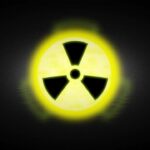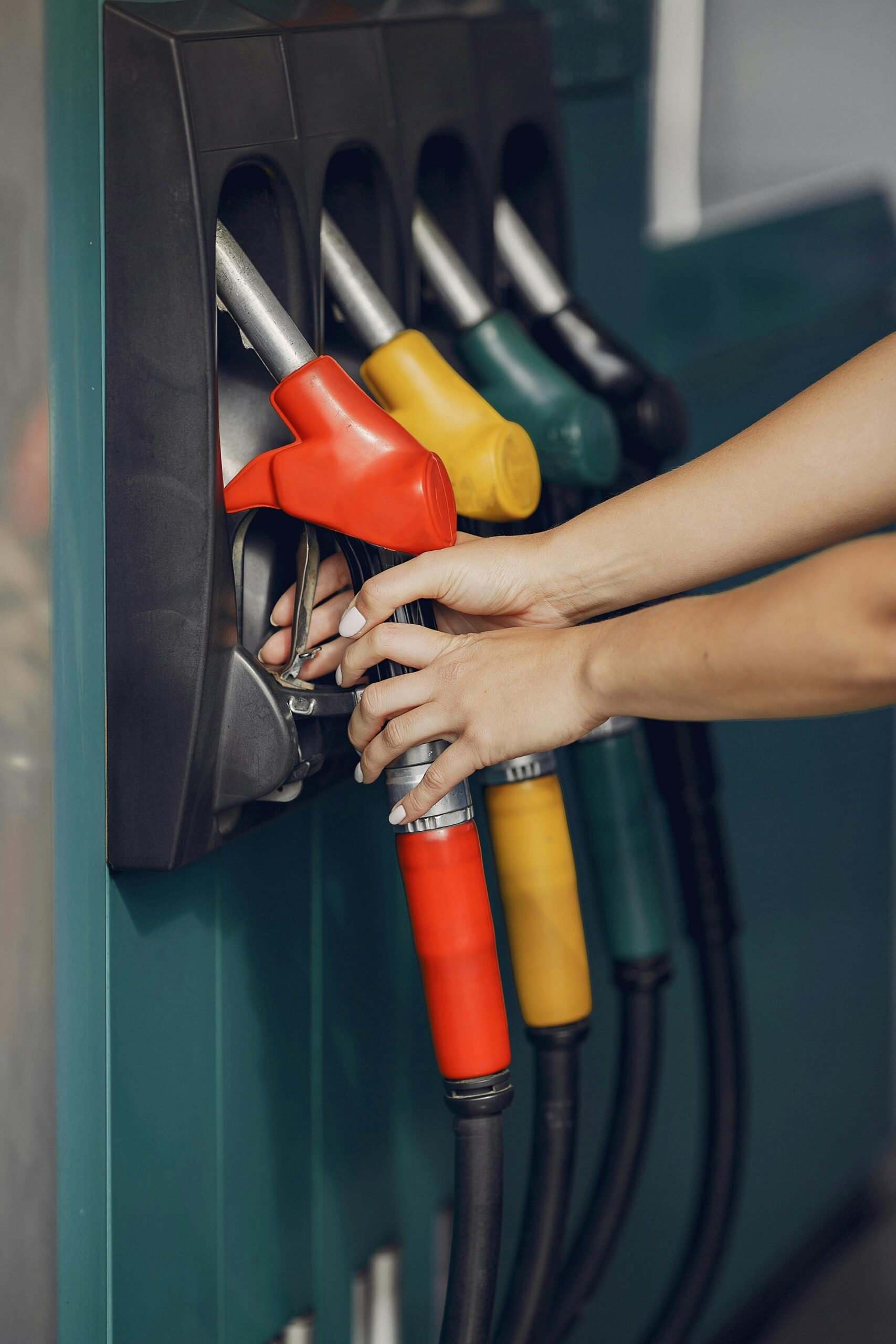Steam locomotives, the workhorses of the industrial age, are often imagined belching black smoke into the sky, fed by mountains of coal or stacks of wood. However, not all steam locomotives were coal-fired. A significant number, especially in regions where coal was scarce or inconvenient, were fueled by fuel oil, a heavy, viscous petroleum product. These fuel oil steam locomotives played a vital role in the evolution of rail transport and demonstrated the adaptability of steam technology to different fuel sources. This article explores the characteristics of the fuel used, the engineering adaptations required, historical context, and the comparative benefits and drawbacks of oil-firing versus coal.
Understanding Fuel Oil: What Did Steam Locomotives Burn?
Fuel oil used in steam locomotives is not the same as gasoline or diesel. It’s a much heavier product, typically derived from the residual refining of crude oil. The most common types used in steam locomotives were:
No. 5 Fuel Oil (Navy Special Fuel Oil)
No. 6 Fuel Oil (also called Bunker C or Heavy Fuel Oil)
These oils are thick and tar-like at room temperature. Due to their high viscosity, they cannot be used in unmodified steam boilers without special equipment. The oil had to be heated before it could flow through the locomotive’s fuel system and be atomized for combustion.
Characteristics of Heavy Fuel Oil:
High Viscosity: Needs preheating to flow properly.
High Energy Content: Produces a powerful and consistent flame.
Low Ash Content: Cleaner in terms of solid residue compared to coal.
High Sulfur Content: Can contribute to corrosion and pollution.
Difficult to Handle: Requires insulated and steam-heated storage tanks.
This oil was typically stored in a tender behind the locomotive, where it would be kept warm using coils of live steam to reduce its viscosity and allow it to be pumped and sprayed into the firebox.
Engineering Modifications for Oil Firing
Oil-fired steam locomotives had to be engineered or retrofitted to handle this different type of fuel. The firebox and burner system are fundamentally different from those used in coal-firing. Here are some of the main changes:
1. Oil Burner Installation
The heart of the oil-fired locomotive is the atomizing burner, which mixes the heated oil with steam or compressed air to create a fine mist. This mist burns much more cleanly and efficiently than a simple oil jet.
2. Steam Heating Coils
To keep the fuel oil fluid, the tender tanks and feed lines were equipped with steam coils. These coils circulated steam from the boiler to keep the oil at a workable temperature.
3. Firebox Design
Oil-burning fireboxes often used arch tubes and brick arches to create a chamber where the flame could fully develop. Unlike coal, which burns on a grate, oil is sprayed into the firebox and ignited, requiring space for the flame to expand.
4. Fuel Control Systems
Oil-firing allowed for more precise control of fuel flow and combustion. The fireman could adjust the oil valve and atomizing steam to maintain optimal steam pressure with less physical labor than shoveling coal.
Historical Context: Why Oil?
The transition from coal to oil in some locomotives was largely driven by geography, economics, and logistics.
1. Coal Scarcity
In regions where coal was expensive or hard to transport—such as the Western United States, Alaska, parts of South America, and Australia—oil was a more practical choice. For instance, the Southern Pacific Railroad converted many of its steam locomotives to oil-firing due to the limited availability of quality coal in the arid western states.
2. Abundant Oil Supplies
In areas with strong oil refining industries, fuel oil was often cheaper than coal. Refineries produced large quantities of residual fuel oil, which could be sold at a discount for industrial uses, including railways.
3. Reduced Labor and Maintenance
Oil firing eliminated the need for coaling stations, ash pits, and extensive firebox cleaning. It reduced the workload of firemen and maintenance crews, improving operational efficiency.
Famous Oil-Burning Steam Locomotives
Several iconic steam locomotives were oil-fired from the start or converted later in life. Some notable examples include:
Southern Pacific “Daylight” 4-8-4s (GS-4 class): These streamlined beauties were designed for high-speed passenger service and were oil-fired from the beginning.
Union Pacific “Big Boy” 4014 (converted): Originally coal-fired, this massive locomotive was converted to oil when restored to operation in the 2010s by Union Pacific.
Denver & Rio Grande Western narrow-gauge Mikados: Many of these locomotives were converted to oil-firing to suit the mountainous terrain and fuel supply.
Advantages of Oil Firing
Oil-firing had several advantages over traditional coal-firing that made it attractive to certain railroads:
1. Reduced Labor
Oil-firing made the fireman’s job much easier. Instead of shoveling coal or operating a mechanical stoker, the fireman controlled valves and monitored gauges. This allowed for more precise steam generation and reduced physical strain.
2. Cleaner Operation
Oil burning produced far less ash and cinders than coal. This meant:
Less cleaning and maintenance
Less pollution along the right-of-way
No risk of cinders starting lineside fires (especially important in dry climates)
3. Quicker Firing Up
With oil-firing, locomotives could be fired up more quickly from cold, especially when compared to coal-fired engines which took longer to build a bed of burning coals.
4. Improved Efficiency
Properly adjusted oil burners provided a more even and controllable flame, leading to better heat distribution and more efficient steam production.
Drawbacks and Limitations
Despite the many benefits, oil-firing wasn’t universally adopted. It had some drawbacks that limited its use:
1. Preheating Requirements
Heavy fuel oil had to be heated before it could be used. This added complexity and required infrastructure such as steam lines, heated tanks, and insulated piping.
2. Environmental Concerns
While oil burning produced less ash and soot, it still emitted high levels of sulfur dioxide and other pollutants. Leaks and spills were also hazardous and difficult to clean.
3. Infrastructure Needs
Railroads had to install and maintain special fueling stations with heating facilities, pumps, and safety equipment. This was an added cost that only made sense where oil was plentiful and coal was not.
4. Fuel Availability
In regions with reliable and cheap coal supplies, there was little incentive to switch. Eastern U.S. railroads, like the Pennsylvania and the New York Central, remained largely coal-powered.
Decline and Legacy
With the dieselization of the railroads after World War II, both coal and oil-fired steam locomotives rapidly disappeared from mainline service. Diesel-electric locomotives were cleaner, more efficient, and required less maintenance, effectively ending the steam era by the late 1950s in North America.
However, oil-fired steam locomotives have enjoyed a second life in preservation. Many steam engines in tourist operations and museums are now oil-fired because it’s:
Easier to manage than coal
Cleaner for crews and spectators
Less likely to spark fires in dry seasons
Famous restored oil-burners like Union Pacific’s Big Boy 4014 and Southern Pacific’s 4449 continue to amaze rail fans with their massive size and fiery performance.
Conclusion
The use of fuel oil in steam locomotives is a fascinating chapter in the history of railway technology. It shows the adaptability of the steam engine and the ingenuity of engineers and operators who modified existing systems to meet regional needs and economic realities. Oil-fired locomotives brought efficiency, cleanliness, and innovation to the world of steam, particularly in the harsh climates and vast expanses of the western United States and beyond.
Though now largely confined to museums and excursion trains, oil-fired steam locomotives remain a testament to the versatility and enduring legacy of the steam era. As we continue to preserve and operate these giants of the past, the smell of hot oil and the roar of the burner remind us of a time when fire and water moved the world.




